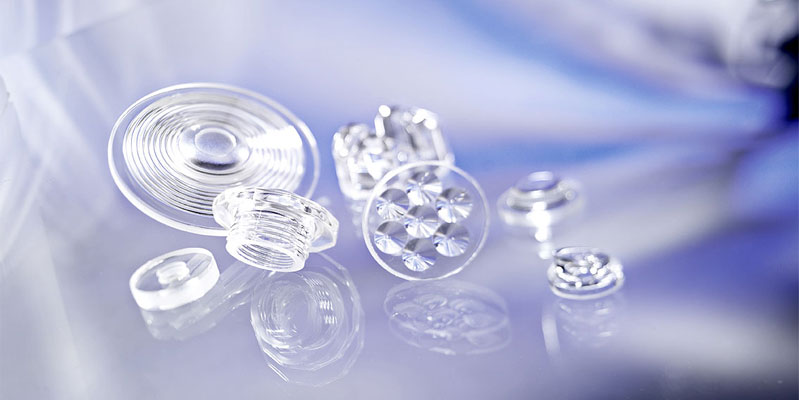Glass recycling is the collection and recycling of used glass and is considered as the archetype of the modern recycling economy. The collection, processing and recycling of waste glass has been prevalent since the seventies in Germany.
Collection in used glass recycling containers
Initially, used glass is collected in the so-called used glass recycling containers in the bring-it-yourself system. As a rule of thumb in Germany, it is separated according to colours: white, green and brown. Special colourations such as blue or red glass are allocated to the green glass section. A strict colour separation is important for the subsequent recycling process. Small quantities of coloured glass cause an unwanted coloration in the white glass melting process and can vice versa lead to a lot of white glass with regards to the decolourization of coloured glass. Such products may then no longer be used, which is why particular attention to the correct separation is paid.
0 comment
